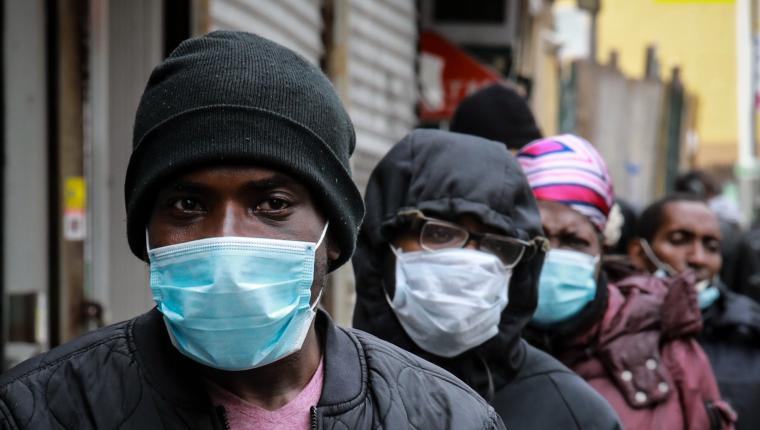
Kılkış, B. (2021). The relationship between climate emergency, pandemicsi and buildings: COVID-19 has a vaccine now but climate emergency has not. Belt & Road Initiative Quarterly, 2(3). 61-68

This work is licensed under a
Creative Commons Attribution 4.0 International License.
This paper identifies two types of carbon dioxide gas emissions. The first type concerns direct emissions, emanating from sources that involve fossil fuels, such as industrial process, power generation, transportation, and farm waste. The second type, which has not been accounted for so far, is concerned with exergy mismatches between the supply and demand in any given process, even if no fossil fuels are directly involved. Exergy is the useful work potential of any given amount or flow of energy.
This paper presents a direct link between the climate emergency and carbon dioxide emissions due to quality (Exergy) mismatches between the energy supply and energy demand, which may be minimized by proper design, control, and system selection in the built environment. It is shown that these nearly avoidable exergy mismatches are as pressing as direct emissions from fossil fuel usage and such destructions also take place in green energy systems, including solar and wind energy systems. The paper further explains that these emissions are responsible for the climate emergency (Global warming) as direct emissions are. An example is given about a wind power-heated house, and it is shown that it is responsible for emissions despite no fossil fuel being involved on the site. The paper then establishes a direct link between emission exceedances and the additional pandemic risk to conclude that buildings are responsible for most of these additional pandemic risks.
Keywords: Climate emergency, CO2 emissions, COVID-19, global warming, pandemic-resistant building
